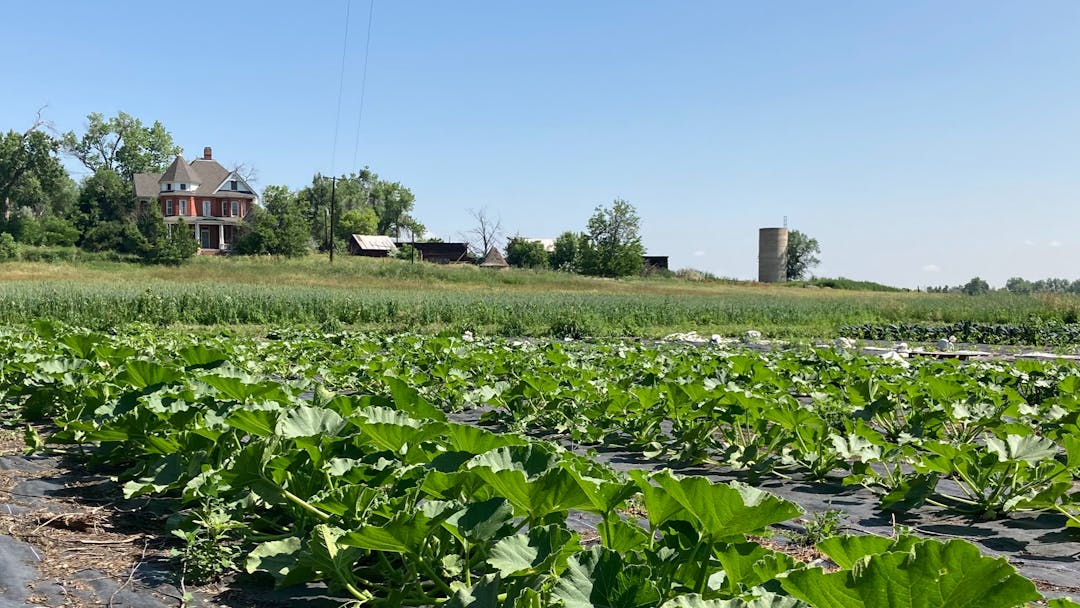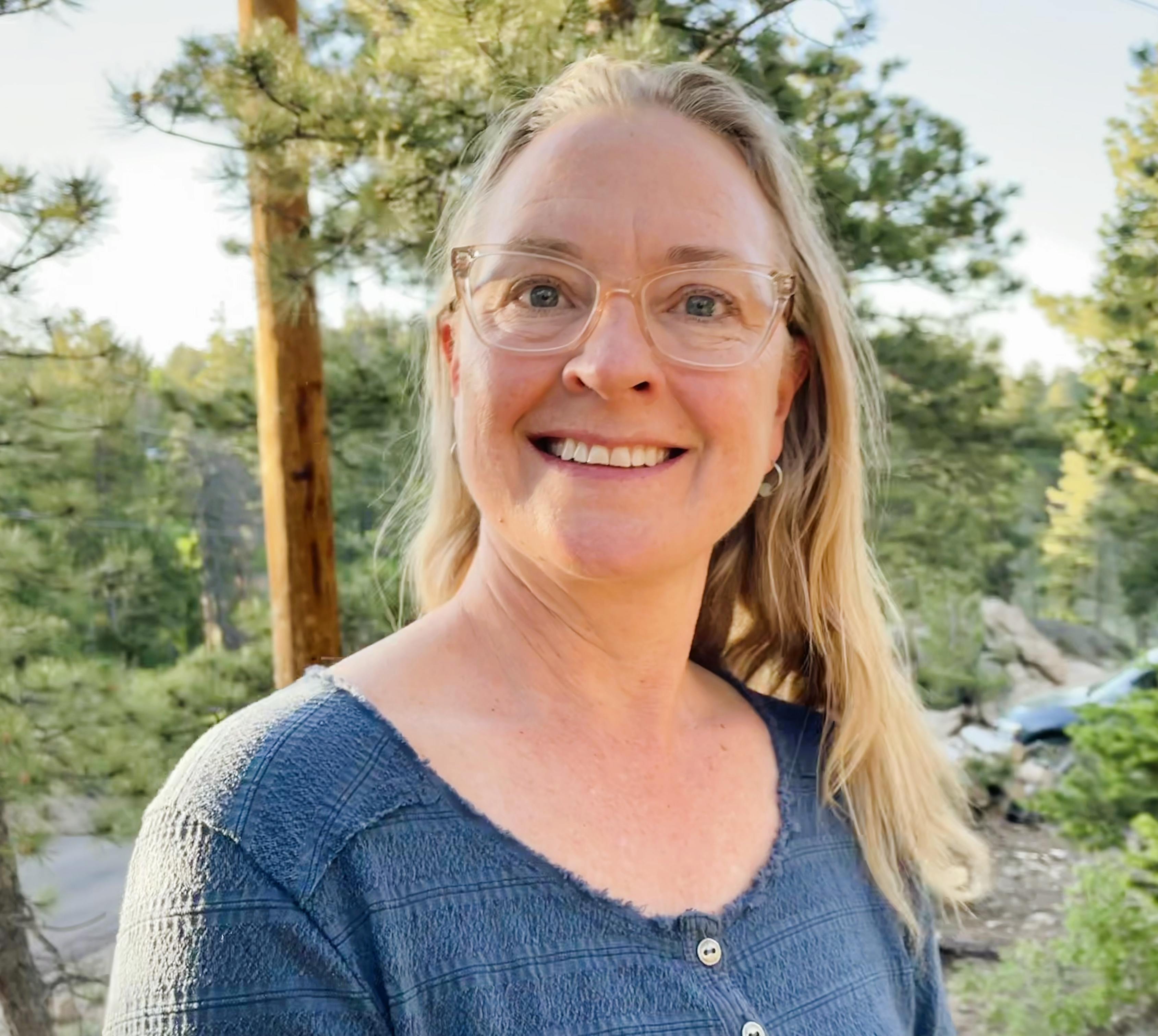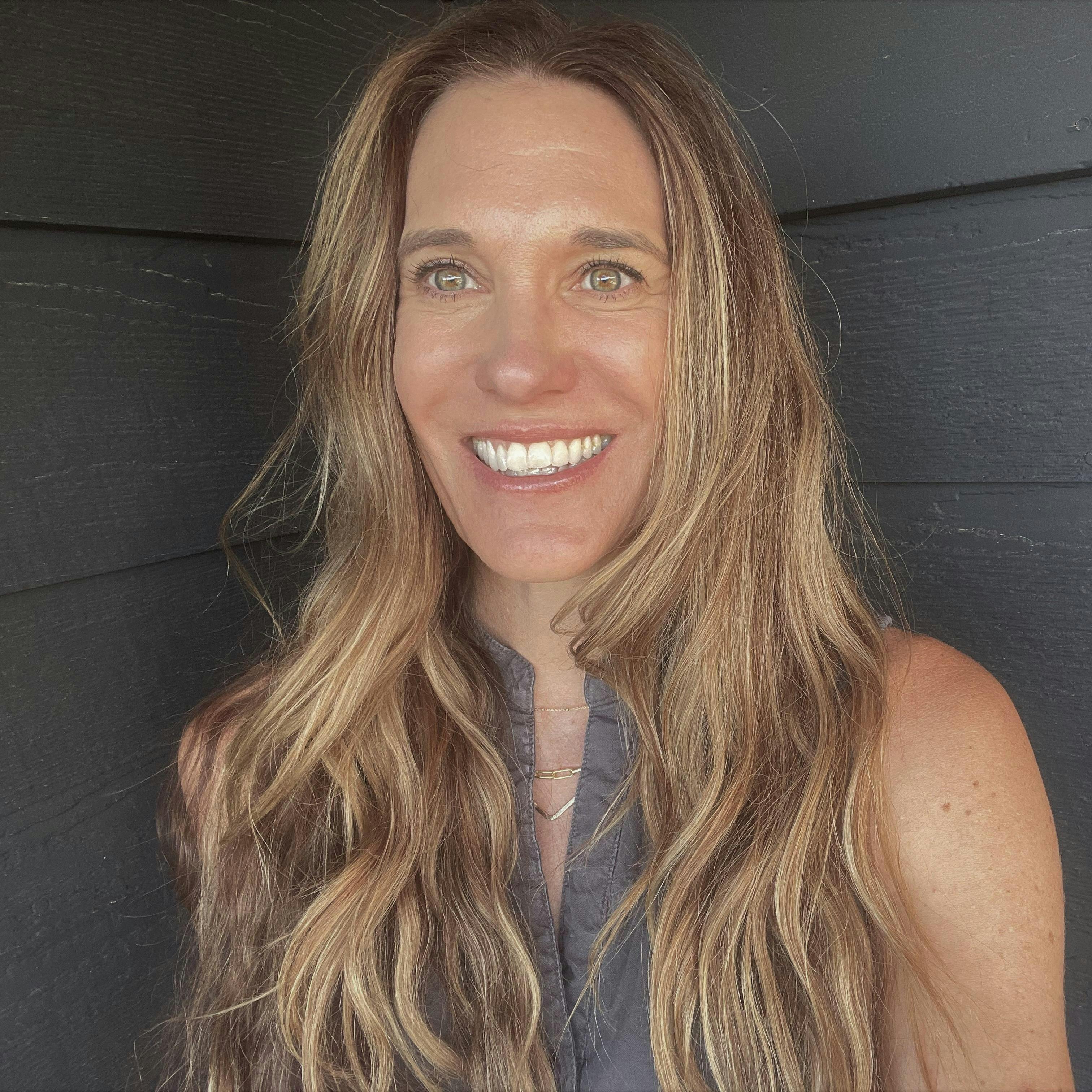Fort Chambers / Poor Farm Site Planning

The City of Boulder is designing a Healing Trail (a place with native plantings, interpretive elements and program areas that provide places for education, reflection, healing and gathering) as identified in the Fort Chambers/Poor Farm Concept Plan.
We need your input! We would like to know what stories should be told and interpreted along the trail.
Why is this site important?
Fort Chambers: This site saw nearly 100 Boulder area residents form the Company D cavalry unit and participate with other militia groups in the tragic Sand Creek Massacre on Nov. 29, 1864.
Poor Farm: Listed on the National Register of Historic Places, the renowned Queen Anne Victorian house served as a county "poor farm" from 1902-1908.
Open Space Values: The site helps support Open Space and Mountain Park (OSMP) values including the protection of natural areas, water resources, floodplains and agriculture.
For more details, please visit the Fort Chambers / Poor Farm StoryMap.
Share your ideas and stories:
The City of Boulder is beginning to design the Fort Chambers / Poor Farm site’s Healing Trail. To start this process, the project team is seeking input on what should be interpreted along the trail.
What stories would you like to see told along the Healing Trail? Do you have ideas or stories to share?
For example, things to be interpreted along the Healing Trail could include:
Stories or information about the land, agriculture, habitat and wildlife
Early history of Boulder and Valmont, Fort Chambers, Company D and the stone marker.
The Boulder County Poor Farm and the historic Queen Anne House
Indigenous perspectives and knowledge.
Submissions will be collected from March 10th – March 30th. Afterwards, all input will be compiled and presented in future conversations to help shape the creative vision for the Fort Chambers / Poor Farm property’s Healing Trail.
Share Your Fort Chambers / Poor Farm Story:
In order to share your idea or story, start below by adding a title. Full text formatting is available, and you are able to share links, images and videos by clicking on the icons shown here:
Old photographs, diary entries, and historical writings are also welcomed to help us broaden our understanding of Boulder’s history and the land. |
The goal of this exercise is to understand what teachings and experiences people desire for the new Healing Trail. All submissions should be relevant to the history or context of the area and acceptable for sharing publicly. No threats, forms of intimidation, obscenities or racial epithets will be accepted (historic, primary sources excepted). Unacceptable responses will be rejected (you will be invited to revise your submission and resubmit following these guidelines). |
If you are interested in sharing general feedback about this project or the design process, please use the Comment Form instead of this webpage. Questions or concerns can be directed to the Fort Chambers / Poor Farm project team, whose contact information is located on the top-right of this page. |


